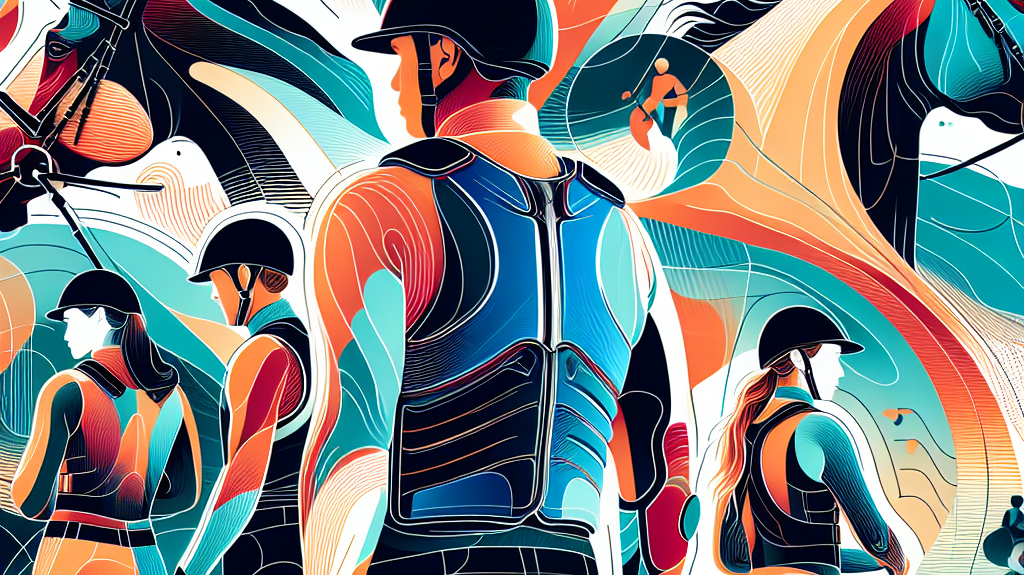Enhancing Safety for Horse Riders on Military Land: A Collaborative Initiative
In a move aimed at promoting safe off-road riding, the Ministry of Defence (MoD) and the British Horse Society (BHS) have launched a new initiative to enhance safety for horse riders on military land across the UK. This partnership underscores a commitment to ensuring equestrian enthusiasts can enjoy the vast and varied landscapes of MoD estates while minimizing risks associated with military activities.
Safe Riding on MoD Land: Key Guidelines
The new resource, available on the BHS website, provides comprehensive guidance for riders looking to explore the extensive network of off-road routes on MoD land. Here are some key points to consider:
Public Access and Safety Information
The MoD owns and maintains hundreds of thousands of hectares of land, much of which is publicly accessible. However, it is crucial for riders to be aware of areas restricted due to military training activities. The BHS and MoD have created detailed maps and information resources to help riders plan safe routes.
Identifying Danger Areas
Riders must vigilantly look for red flags and red lights, which indicate high-paced tactical training exercises involving live ammunition, armoured vehicles, and artillery. These areas are marked as "Danger Areas" on Ordnance Survey Explorer maps and should be avoided at all times.
High-Visibility Clothing
Wearing high-visibility clothing is strongly advised to enhance visibility, particularly from aircraft. High-visibility clothing certified to ISO EN20471:2013 significantly improves detection range, making it a cost-effective safety measure.
Avoiding Military Training Exercises
Riders should avoid interrupting military training exercises and be aware of potential sudden noises, smoke, or illumination that could startle horses. It is essential to adhere to advice given by military personnel and signs on the ground.
Reporting Incidents
For any unusual sightings or incidents on MoD land, riders can contact the National Service Centre (NSC) operated by Landmarc Support Services. This service provides a single point of contact for reporting any issues.
Promoting Safe Riding Practices
Mark Weston of the BHS has expressed enthusiasm for this new resource, emphasizing the importance of riders accessing MoD land knowledgeably. "This initiative is a significant step forward in promoting safe riding practices on MoD estates. By providing detailed guidance, we aim to ensure that riders can enjoy these beautiful landscapes while being fully aware of the safety considerations," he said.
James Nevitt from the Defence Infrastructure Organisation (DIO) highlighted that while MoD land is primarily used for military training, efforts are made to maintain publicly accessible areas suitable for riding. Examples include the 50km Imber Range Perimeter Path on Salisbury Plain Training Area, the 22,000-hectare Otterburn Training Area, and the 65km Epynt Way in Powys.
Additional Safety Measures
Low Flying Aircraft
Military aircraft conduct low-level training across the UK, and riders should be aware of these activities. The MoD provides forecasts of daily low-flying activities, which can be accessed via a free-phone service or through their website. High-visibility clothing helps aircrew identify and avoid riders, reducing the risk of disturbance.
Temporary Avoidance for Events
For organized equestrian events, temporary avoidance from low-flying activities can often be arranged. This collaboration between the MoD and equestrian organizations helps minimize potential disturbances to major events.
Conclusion
The collaboration between the MoD and the BHS marks a significant advancement in ensuring the safety of horse riders on military land. By providing detailed resources and guidelines, this initiative encourages responsible and safe use of these areas, allowing equestrian enthusiasts to enjoy the unique landscapes of MoD estates while respecting the primary purpose of these lands for military training. As the BHS continues to promote welfare, safety, and education within the equestrian community, this partnership underscores a shared commitment to enhancing safety and accessibility for all riders.
References:




